Safety: Unsafe conditions
Recognize unsafe conditions and take action to eliminate and mitigate them.
It is possible to eliminate the majority of unsafe conditions in our workplaces and on our farms in order to prevent injuries on the job. It is necessary to recognize these kinds of conditions exist around you, and take action to eliminate or mitigate them. There is an endless list of possible unsafe conditions in any workplace. Two types of unsafe conditions that can be found in almost any workplace are slip, trip, and fall hazards and pinch point hazards.
- Slips, trips, and falls are responsible for many injuries on the job year after year. Many of these incidents are a direct result of an unsafe condition.
- Objects on the ground are a common example.
- Other unsafe conditions that lead to slips, trips, and falls injuries include slippery floors, unmarked changes in elevations in walking surfaces, cluttered work areas, unprotected edges, etc.

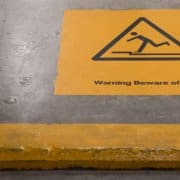
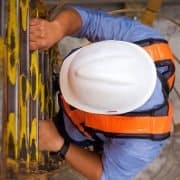
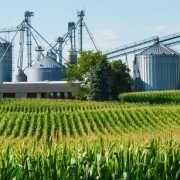
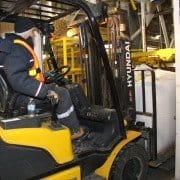
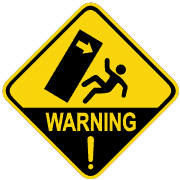 The first type of incident regarding lifting and rigging is some type of breakage of a sling, wire rope, or chain resulting in a dropped load. While these type of incidents usually have the most severe consequences, there are often many other types of less severe incidents that cause the majority of injuries or property damage.
The first type of incident regarding lifting and rigging is some type of breakage of a sling, wire rope, or chain resulting in a dropped load. While these type of incidents usually have the most severe consequences, there are often many other types of less severe incidents that cause the majority of injuries or property damage.